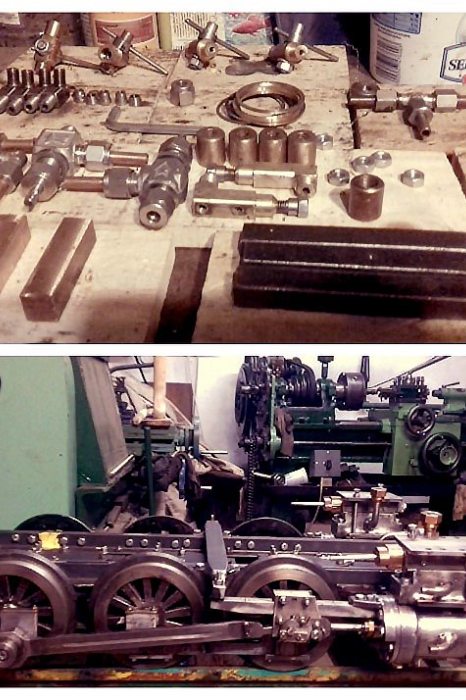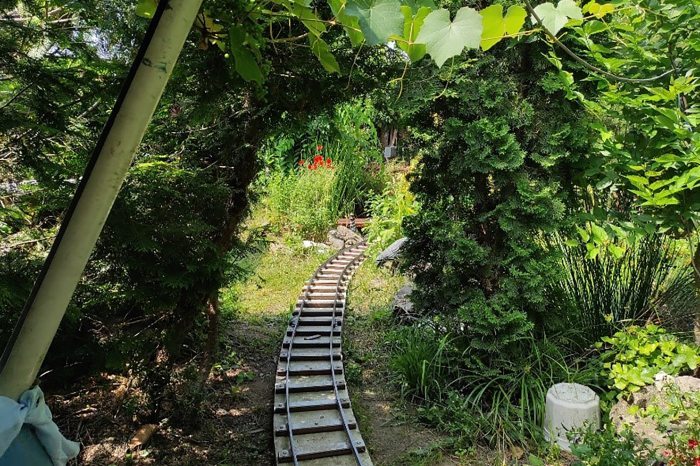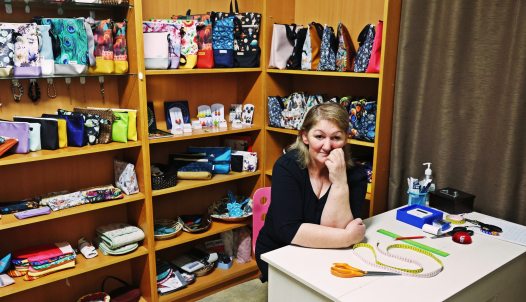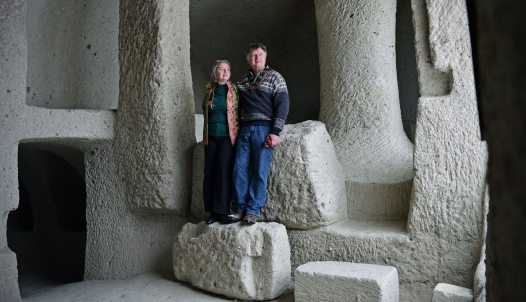A creative engineer made his childhood dream come true and rides his own steam locomotive in his garden
"I was about ten years old when I saw that there was a machine blowing smoke in one of the backyards in our street. I looked over the fence and saw a steam engine. It was belching and spinning and I, as a little kid, really liked it." For Kálmán Varga, it became a lifelong dream to build a real little steam engine. The dream came true in his retirement: today the steam engine is in his garden, and it even carries passengers! He tells us about his journey.
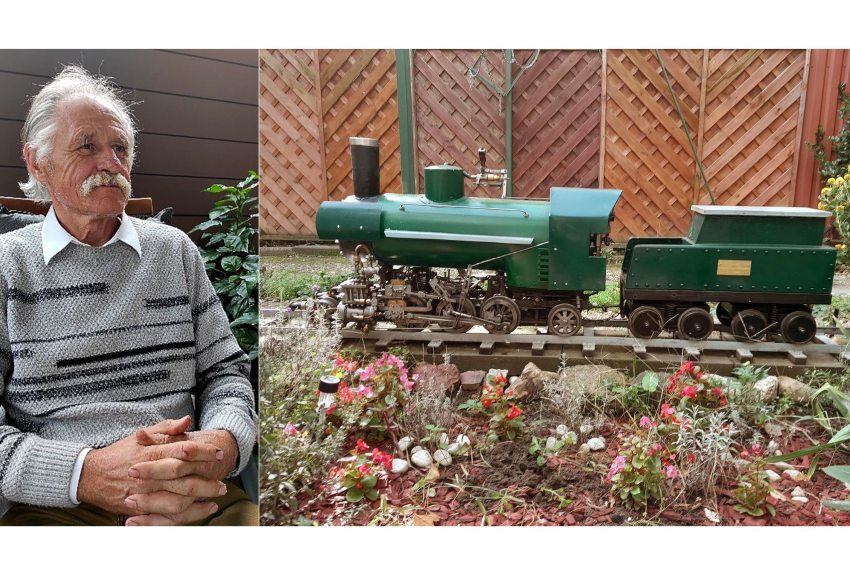
"I was already familiar with steam engines because they ran in the street where I grew up. That's why I was so interested in the little forty-centimetre steam engine, which was a locomotive: the steam engine was lying on top of the little boiler. This was the type of agricultural machinery of the old days, much larger of course, when tractors with explosive engines were not used in the fields. The man who had it in his yard later put four wheels on it and put it on rails, and made a small track in front of his house, and there it waddled along. He even let me sit on it."
"It left such a deep impression on me that the idea of building a small steam engine has stayed with me for the rest of my life."
His parents also saw how interested Kálman was in mechanical engineering, so as a secondary school student, they enrolled him at the Jenő Landler Technical Highschool of Transmission and Transport Engineering in Újpest, which was an excellent school in the 1960s (now Bilingual Technical Highschool in Újpest). Engineers taught the theory of technical subjects, but it also had very well-equipped facilities where theory could be put into practice. The knowledge of materials was essential, and students were able to see the crystal structures of metals and alloys in the technology lab. They were taught about the properties of different materials, such as strength, hardness, the modifying effects of metal contaminants, and their utilization. They also learned about heat treatment, which creates new crystal structures; and about the transformation of materials, such as forging, pressing, casting... The school had a very well-equipped forge. "In the first year, we learned how to use hand tools in the workshops. This seems a bit redundant nowadays in the age of machines - but they have their role, I used hand tools when I was making the engine," says Kálmán Varga.
They were also taught welding procedures, which they then learned in practice for a year, and in the final year they learned how to use machine tools such as lathes, planers and grinders. "Mechanics came into our curriculum from the second year onwards, it was a very tough subject, they said if you didn't fail it you could pass your school-leaving exams. We learned about all the different types of loads that can occur when using materials. With this knowledge, we designed and drew. We also had a subject called kinetics: we learned about free and forced motions, aerodynamics, for example; thermodynamics - the thermodynamics of steam was also the basis for the construction of my locomotive," recalls Kálmán Varga. Mathematics, Hungarian, and History were subjects for their school-leaving exams, just like in other high schools. Today, the "Landler" is a school history concept and a pride of Újpest's history.
"I've used a lot of this theoretical and practical knowledge to build the locomotive. Just one example: when I was fitting the locomotive wheel to the axle, I needed to know the dimensional tolerances that would create this tight fit. Of course, there are technical charts, but you also need to understand why something is necessary," explains Kálmán Varga.
He started his work as a standards technologist at Izzo, and then improved his knowledge of thermal engineering at the Budapest Waste Utilisation Plant, where the basis was steam - albeit at much higher temperatures and pressures than for a locomotive or engine.
"By the time I retired, I had all the theoretical and practical knowledge I needed, as well as a lot of technical resources - my own workshop, tools, materials - and free time."
"I spent five years meticulously building the locomotive and a carriage for two passengers, all by my own hand. I made a track around our house in the garden. I would like to extend it to the back of the garden. I plan another twenty years of work: I want to build stations, a semaphore, a wagon turner, a heating house, and a rail yard."
The locomotive is two meters long, including the wagon, which carries the water and the wood - the driver sits on top of it, and heats the engine from here while it is running.
Apart from the working principle, no existing large locomotive type has been used as a model, it is entirely the creator's imagination. The engine driver has to feed enough steam by opening and closing a tap on the two steam engines to provide sufficient power for starts and steady progress, but without the wheels spinning. The steam injection is used to control the speed of the locomotive. The cold engine is heated with charcoal, but then only wood is added to the fire from time to time to ensure that steam is continuously generated. "That's what got me when I was a kid, putting wood on the fire," says Kálmán with a smile.
A ride in the garden with the little train is a wonderful experience, awakening in adults the child that sleeps deep in their souls and is often repressed. And the children take part in the journey, with awe-inspiring joy and sparkling eyes. In a journey that is both fairytale and real. Such an experience is very rare today. Even the creator, Kálmán Varga, almost turns back into a ten-year-old boy, and he doesn't mind if his face gets sooty as he – like a serious train driver – makes the rounds with his grandchildren or interested adult relatives behind him. And those to whom he gives the responsibility of driving the locomotive feel honoured.
Passers-by, children and adults alike, still stop by our fence and marvel at the little engine that whistles. Sometimes they even ask a question that shows how distant the steam engine is from people today, how they can't understand how it works. They ask: "I understand that it's a steam engine, but how does it work, what makes it run?"
